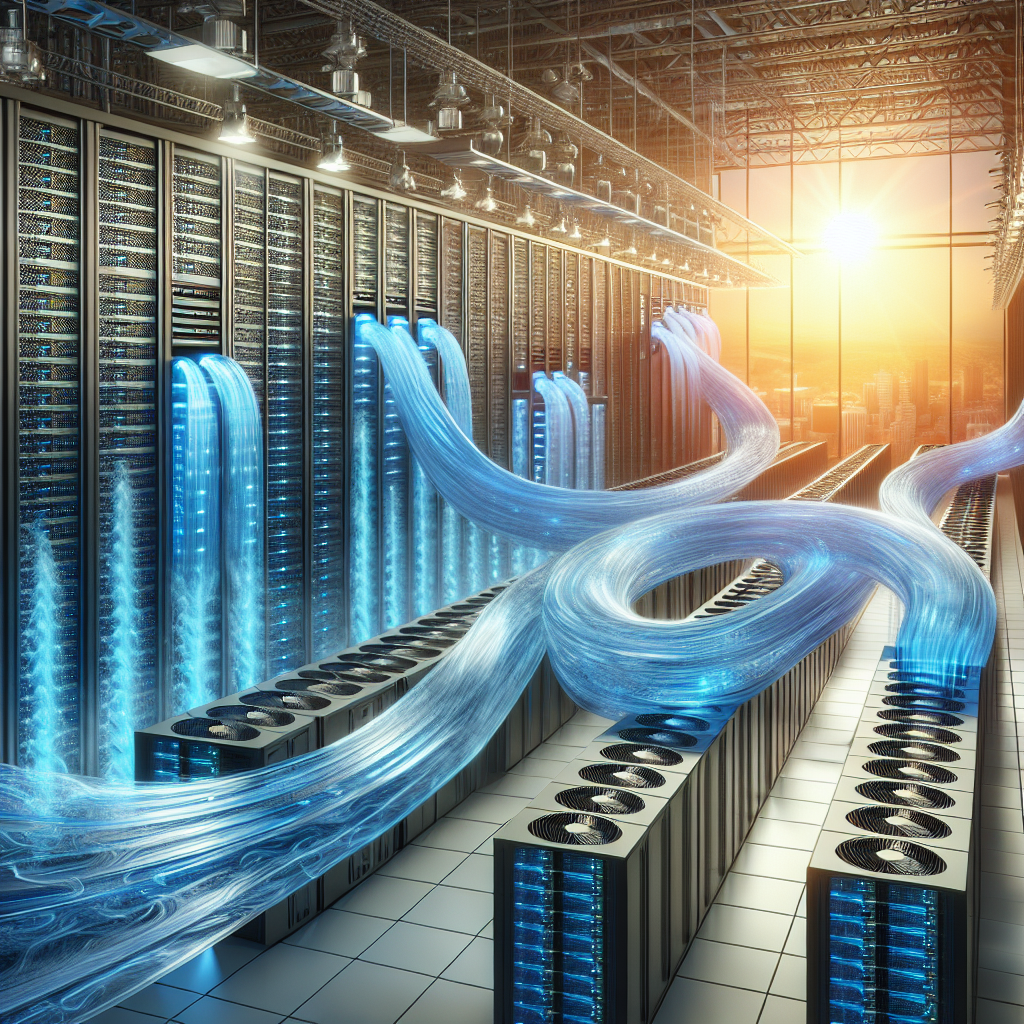In recent years, there has been a growing focus on sustainability and reducing the environmental impact of businesses. One area that has come under scrutiny is the data center industry, which is known for its high energy consumption and carbon footprint. Data centers are essential for storing and processing the vast amounts of data that are generated every day, but they also require a significant amount of energy to operate and cool the equipment.
The cooling systems in data centers play a crucial role in maintaining the optimal temperature for the servers and preventing overheating, which can lead to system failures and downtime. However, these cooling systems also consume a large amount of energy, contributing to the overall carbon footprint of the data center.
As businesses and governments around the world set ambitious sustainability goals to reduce greenhouse gas emissions and combat climate change, data center operators are under increasing pressure to find more energy-efficient cooling solutions. By improving the efficiency of their cooling systems, data centers can reduce their energy consumption, lower their operating costs, and minimize their environmental impact.
There are several strategies that data center operators can implement to improve the sustainability of their cooling systems. One option is to use more energy-efficient cooling technologies, such as free cooling, which uses outside air to cool the servers instead of relying on traditional air conditioning units. By harnessing the natural cooling properties of the environment, data centers can significantly reduce their energy consumption and carbon emissions.
Another approach is to optimize the airflow within the data center to ensure that the servers are receiving adequate cooling without wasting energy on unnecessary cooling. By implementing hot and cold aisle containment systems, data centers can better control the airflow and temperature distribution, leading to more efficient cooling and energy savings.
Furthermore, data center operators can also explore the use of renewable energy sources to power their cooling systems, such as solar or wind power. By transitioning to clean energy sources, data centers can further reduce their carbon footprint and align with sustainability goals.
In conclusion, the role of data center cooling in achieving sustainability goals is crucial for the future of the industry and the planet. By implementing energy-efficient cooling technologies, optimizing airflow, and using renewable energy sources, data centers can reduce their environmental impact and contribute to a more sustainable future. It is essential for data center operators to prioritize sustainability and invest in green cooling solutions to meet the growing demands for energy efficiency and environmental responsibility.


Leave a Reply